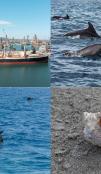MARSEC EU 24: Live Maritime Security Exercise Boosts EU-wide Cooperation at Sea
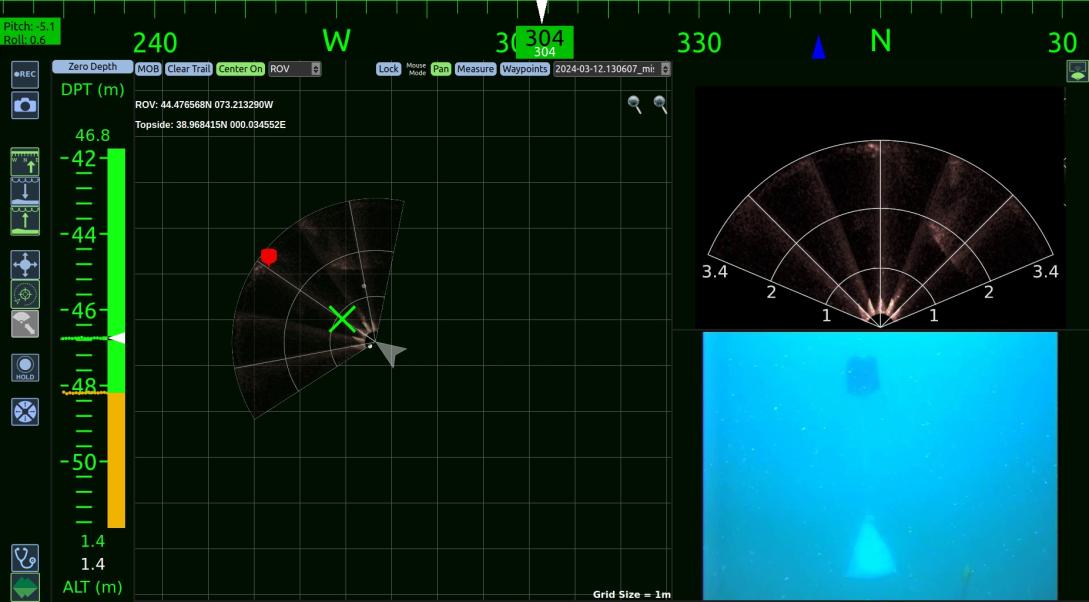
For the first time, the live maritime security exercise ‘MARSEC EU 24’, led by the Spanish Navy, took place off the Coast of Cartagena with the participation of three EU agencies (EMSA, EFCA, FRONTEX) and the navies and coast guards of seven EU Member States (Belgium, Greece, Spain, France, Italy, Malta and the Netherlands). Through scenario-based simulation of maritime security incidents across the Spanish littoral, the exercise allowed EU actors involved to address maritime security incidents with the aim to promote coordination, implement operational procedures, and identify lessons for future activities.
Two scenarios to improve responsiveness
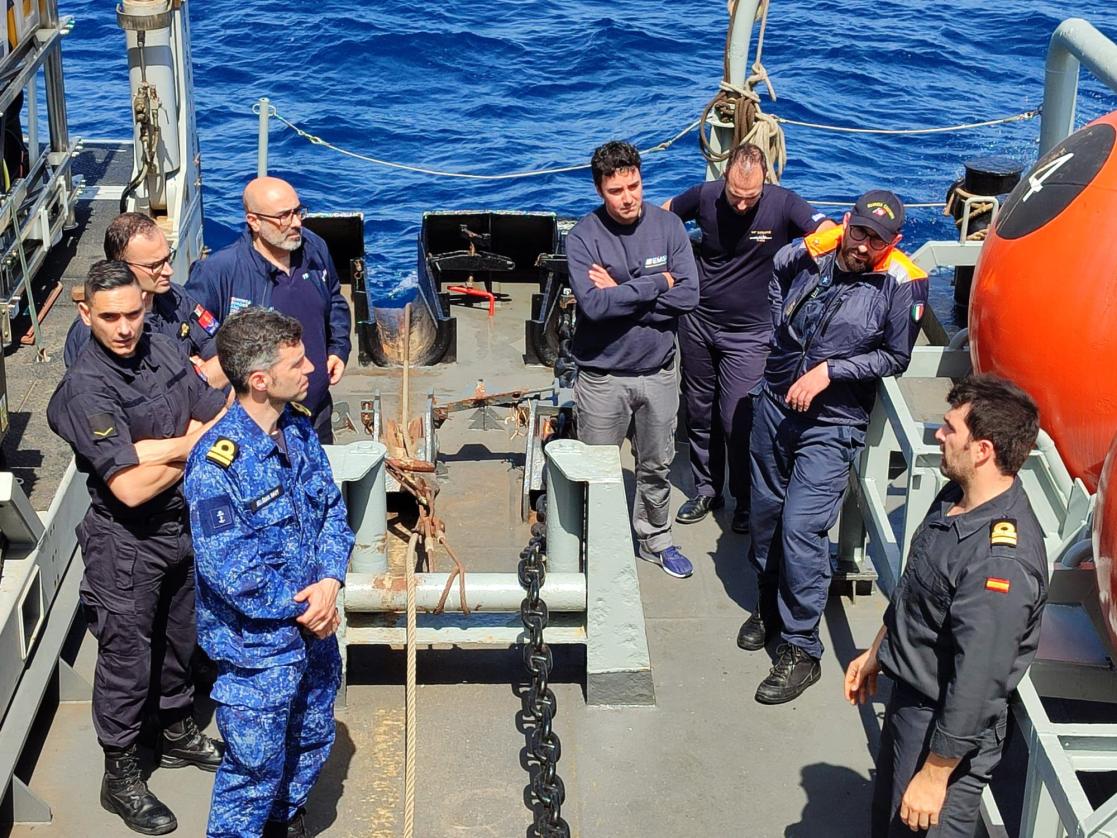
European Union, 2024
Thanks to two dedicated scenarios, the exercise tested the EU’s response capacity to two major maritime threats: an attack to critical undersea infrastructure and illegal fishing in EU waters.
In the first scenario, the Spanish Navy, supported by EMSA with satellite Imagery, detected and identified a ship displaying suspicious behavior in the vicinity of seabed infrastructure. EU actors cooperated both in the preparation and in the execution of a response to the threat. In particular, the French Ship PLUTON and the three Spanish vessels AUDAZ, DUERO and NEPTUNO addressed the possibility of sabotage through a collaborative effort. The scenario also included the simulated cutting of undersea cables and the live intervention of a French diving team. The response aimed at restoring a safe and secure environment using advanced underwater capabilities. A public demonstration took place on 27 May, in which the EU Senior Coordinator for Maritime Security, Alison Weston, represented the EU.
In the second scenario, a fishing vessel engaged in Illegal Unregulated and Unreported (IUU) fishing activity was detected, prompting the need for inspection. Information exchange between SEGEPESCA (ES) and EFCA (EU) facilitated a swift and coordinated Spanish-EU inter-agency response, involving the inspection of the ship and the activation of diversion to port protocols. The exchange of information also included a successful test of the Common Information Sharing Environment (CISE), a cross-border and cross-sector information sharing network for the maritime domain developed by the EU, which will be operational as from 1st July.
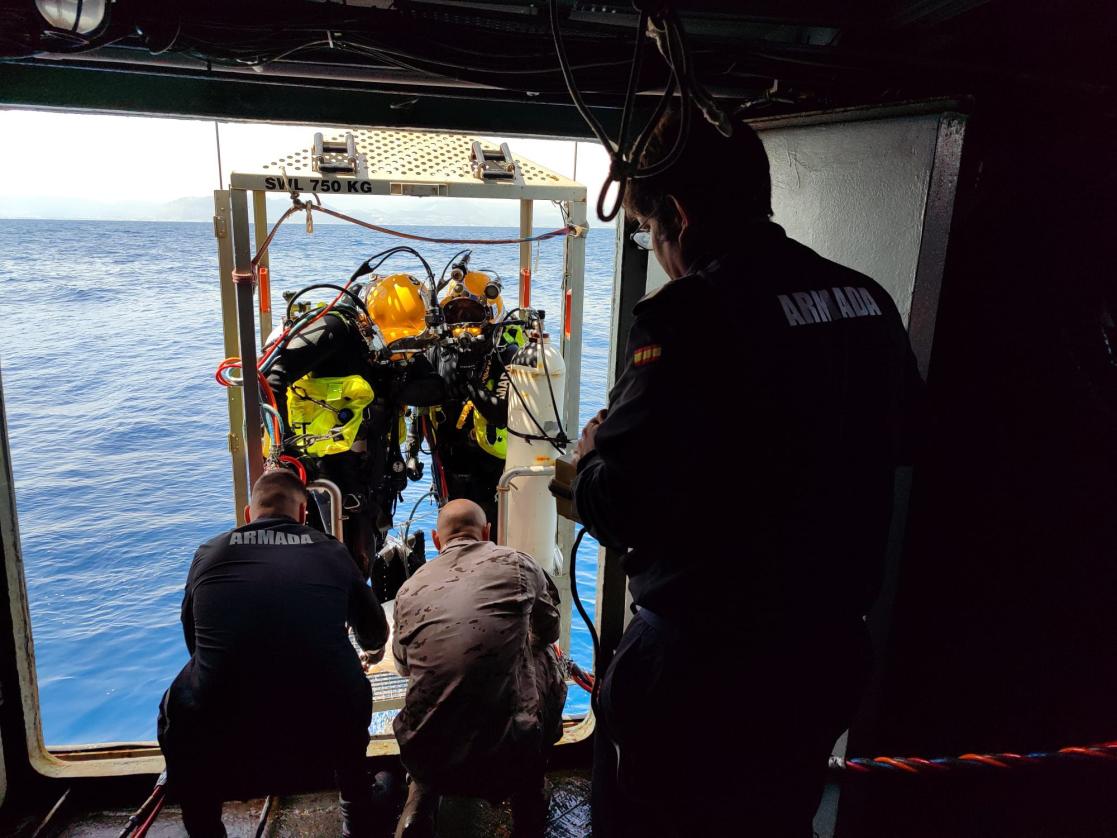
European Union, 2024
Implementing the EU Maritime Security Strategy
The EU is moving forward with the implementation of the revised EU Maritime Security Strategy of October 2023 and its Action Plan. This strategy called inter alia for the EU to launch maritime security exercises, including annual naval exercises of Member States’ navies and coast guards, involving navies and maritime security authorities from as many Member States as possible, to boost readiness, foster interoperability and tackle the evolving threats to maritime security.
The MARSEC EU 24 exercise answered this call, providing for the first time a platform for joint civil-military and inter-agency exercises among EU actors involved in action at sea, boosting EU preparedness and response capabilities in the face of evolving and growing maritime risks and threats.
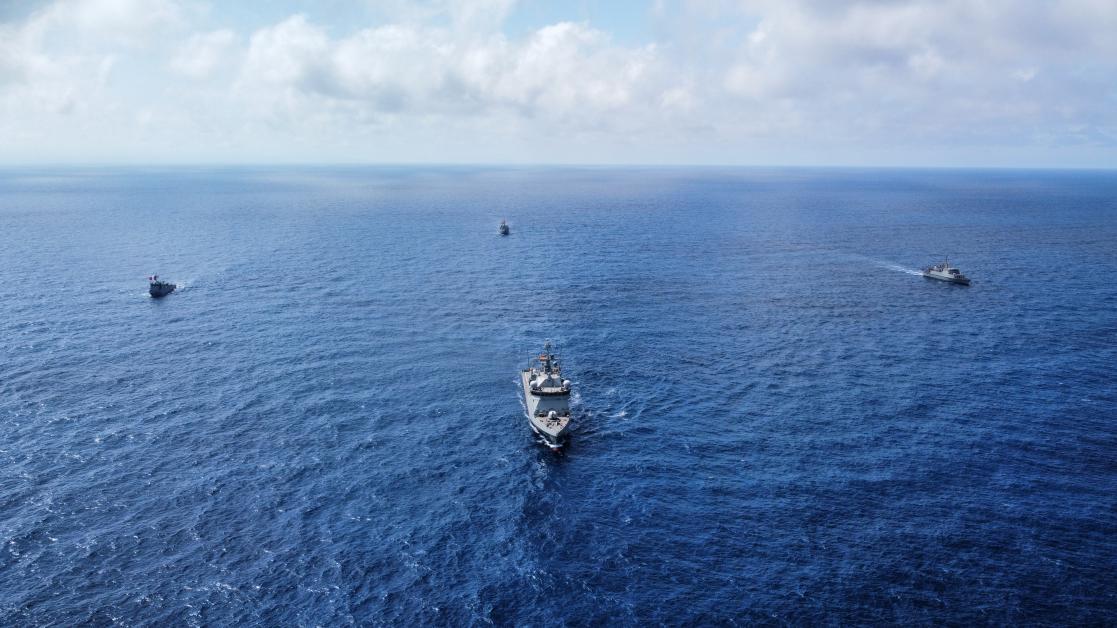
European Union, 2024




